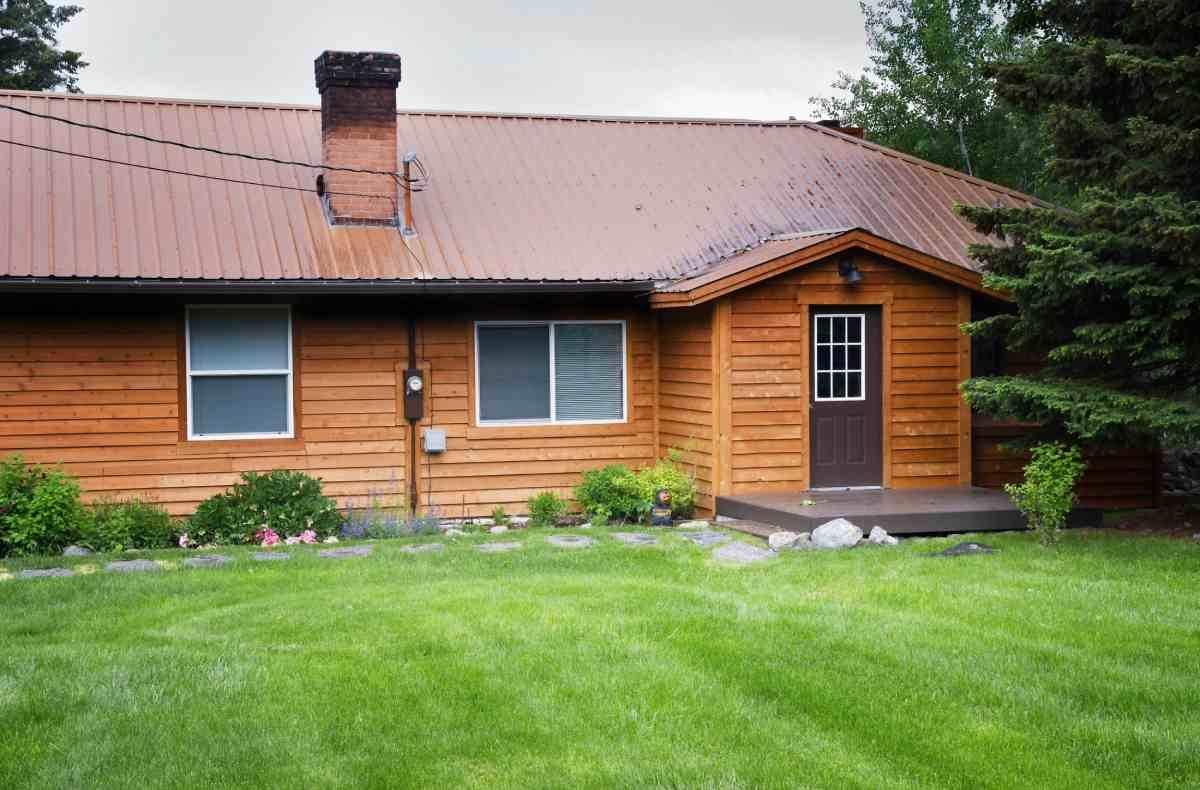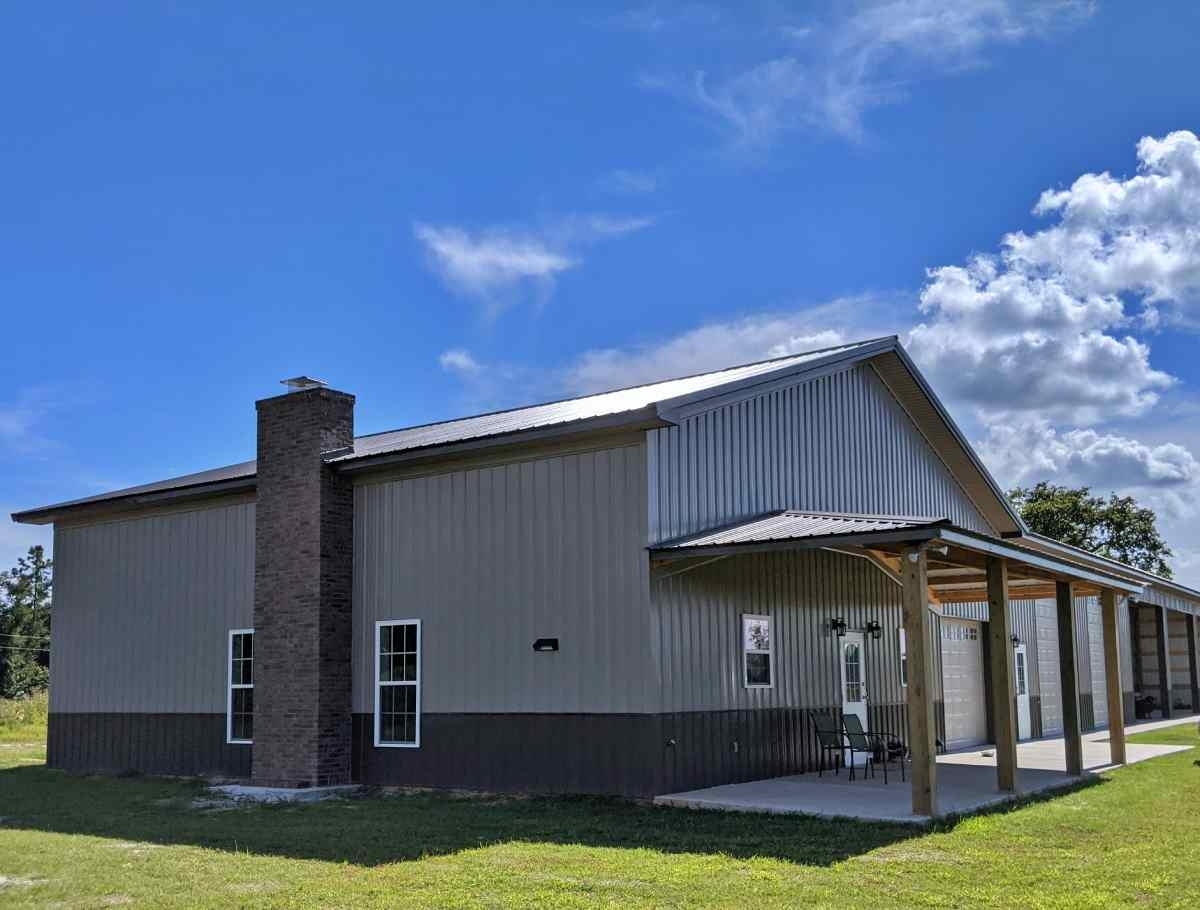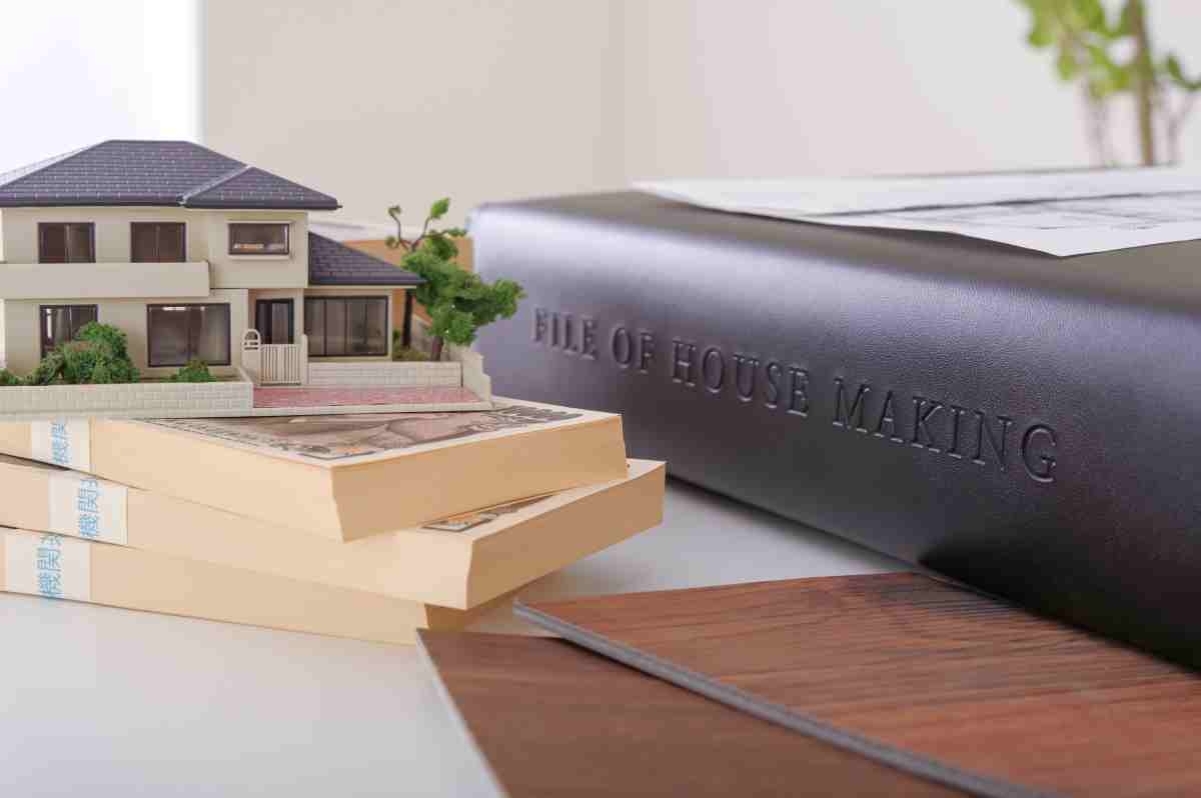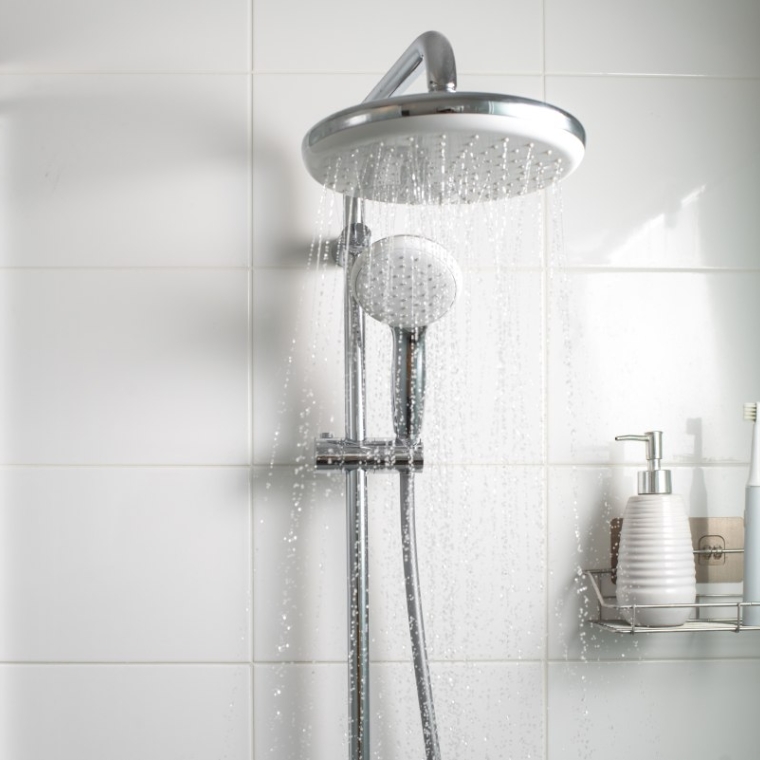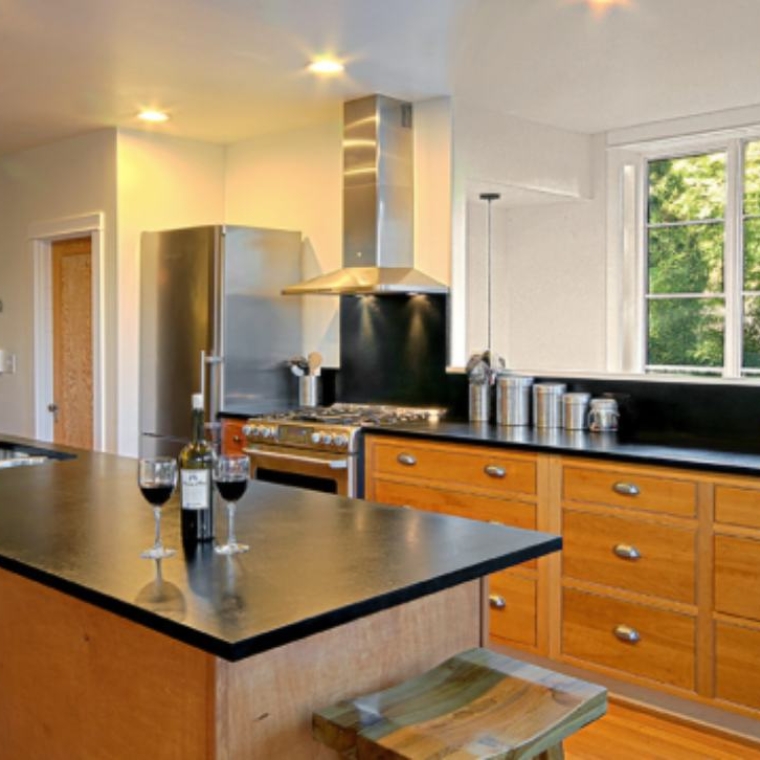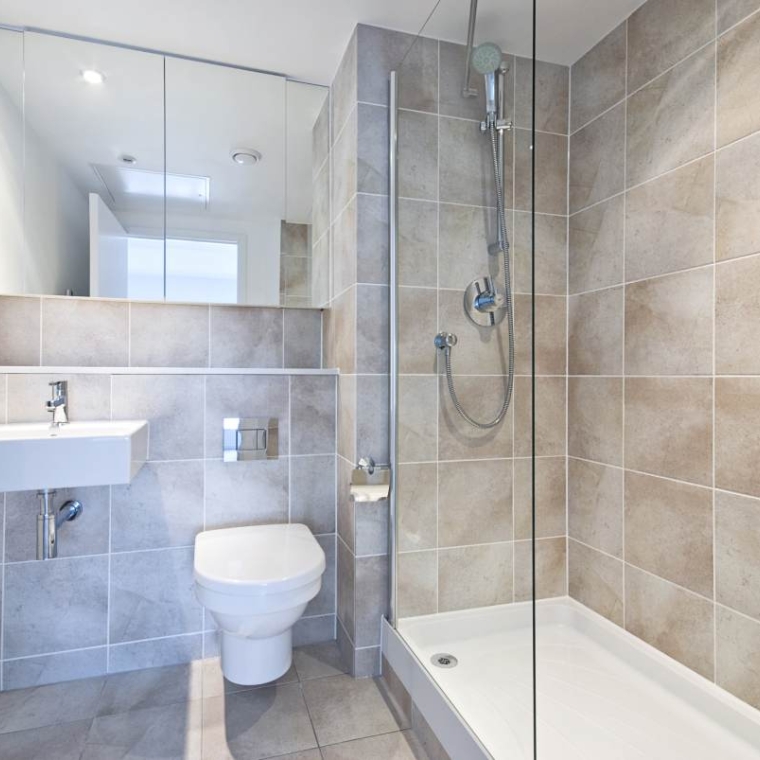Siding Suppliers
How to Find the Best Siding Suppliers Near You
Imagine the exterior of your house sporting a fresh, appealing look, complemented by an insulative layer that saves you a significant amount on energy bills.
This isn't an elusive dream—it can be your reality with the right house siding.
Amid the myriad of home improvement tasks, siding replacement is one that not only revamps your house's facade but also fortifies its defense against the elements.
However, the journey from envisioning a new look to seeing it materialize can seem labyrinthine, teeming with decisions about materials, costs, and finding the right siding expert. But worry not! This guide is here to light your way.
Before we dive deep into the world of siding replacement, you should know that at MyGreenHome, we simplify your journey.
Just fill out the form above to connect with trusted local siding suppliers who can provide a free, no-obligation quote for the best price on the market, and subscribe to our newsletter to stay updated with insightful home improvement tips.
This comprehensive guide serves as your go-to resource, encapsulating everything you need to know about siding replacement.
Here you will find:
- Understanding Siding: What Is It?
- House Siding options
- Siding And Energy Efficiency
- Costs Breakdown
- How To Find The Best Siding Supplier
- Finding Your Supplier With MyGreenHome: How Does It Work?
- Preparing For The Replacement
- The Siding Replacement Process
- Common Mistakes To Avoid In A Siding Replacement Process
House siding is not just about aesthetics—it's a crucial component of your home's defense system against weather elements, insulating your house, and enhancing its overall value.
It shields your home from harsh weather, insulates it against heat and cold, and can dramatically transform your home's appearance. Do not underestimate it!
Understanding Siding: What Is It?
If you've ever admired a house's exterior, then you've appreciated siding without maybe knowing it. But what exactly is siding?
At its core, siding, also known as wall cladding, is a protective material attached to the exterior of a house or other building.
Its primary purpose is to shield the home from various weather elements such as rain, snow, wind, and the sun's harsh rays. By creating a barrier, it protects the internal structures of your home from potential damage and deterioration.
But siding isn't only about protection; it's a significant player in your home's visual appeal. It covers a substantial part of your home's exterior, influencing the overall aesthetic of your house significantly.
From classic brick and timeless wood to modern vinyl and durable fiber-cement, siding comes in an array of materials and styles. Each type presents unique characteristics, impacting not just the look, but also the insulation, durability, and maintenance needs of your home.
Moreover, well-maintained siding can enhance your home's value, making it an essential consideration for homeowners looking to sell in the future.
Whether you're replacing old, worn-out siding or selecting siding for a new build, your choice can drastically transform your home's exterior while offering an extra layer of protection against the elements.
So, when we talk about siding, we're discussing a key element of your home that marries function with form, playing a dual role in both protecting and beautifying your house.
Unraveling House Siding Options
There is an array of house siding options available today, each with its unique benefits, drawbacks, and cost implications. Here are a few popular ones:
Vinyl siding is a synthetic material that's become a popular choice for homeowners due to its affordability, ease of installation, and minimal maintenance requirements. It's made from PVC, a type of plastic, which makes it resistant to pests, rot, and moisture.
Vinyl siding can mimic the appearance of other materials like wood and stone, and it comes in a vast range of colors and styles. However, while durable, it can crack in extreme cold or fade over time due to sunlight exposure.
Fiber cement siding is a blend of cement, sand, and cellulose fibers. Its main selling point is its ability to mimic the appearance of traditional wood siding without being susceptible to rot or termite damage.
It's also fire-resistant and able to withstand harsh weather conditions. While more expensive than vinyl, fiber cement siding lasts longer and typically has a better return on investment when it comes to increasing your home's resale value.
There's a timeless charm about wood siding that appeals to many homeowners. Whether it's cedar, pine, spruce, or redwood, wood siding offers a warm, natural aesthetic that's hard to beat.
However, it does require regular maintenance, including painting or staining every few years to prevent weather damage and insect infestation.
Although it's more expensive than vinyl or fiber cement, many homeowners find its unique, natural look worth the extra cost and upkeep.
Brick siding is one of the most durable siding options available. It's highly resistant to fire, wind, and moisture, and unlike other materials, it doesn't require painting or staining.
The timeless appeal of brick can also add to your home's resale value. However, brick siding is one of the priciest options and involves a complex installation process.
Stucco siding has been a popular siding choice for centuries, particularly in areas with hot, dry climates. Made from a mixture of cement, sand, lime, and water, stucco forms a hard, durable, and seamless exterior that's excellent for insulation, keeping homes cooler in the summer and warmer in the winter.
It's also relatively inexpensive compared to other siding materials. However, stucco may not be suitable for regions with heavy rainfall or high humidity, as constant moisture can lead to cracks or cause the material to deteriorate over time.
Stone veneer, as the name suggests, is a decorative exterior covering that mimics the look of solid stone but at a fraction of the cost and weight. It's made from a mix of cement, natural aggregates, and pigments.
This type of siding is renowned for its exquisite, high-end appearance that adds a touch of elegance to any home.
In terms of durability, stone veneer holds up well against the elements and doesn't fade over time. However, installation can be labor-intensive, leading to higher labor costs.
Despite this, if you're aiming for the aesthetic of stone without the hefty price tag of genuine stone, stone veneer is an excellent option.
Engineered wood siding is a manufactured siding product made of wood fibers mixed with binders and fillers. The result is a siding material that retains the authentic look and feel of natural wood but without the susceptibility to pests and decay.
Engineered wood siding is lighter than solid wood, making it easier and cheaper to install.
It's also designed to withstand extreme weather conditions and is less likely to crack or warp compared to natural wood. However, it does require a degree of maintenance, including periodic painting or staining, to maintain its look and prevent moisture infiltration.
Metal siding, typically made from steel or aluminum, offers exceptional durability and fire resistance. It's particularly popular for its modern, sleek aesthetic and its low maintenance requirements.
Both aluminum and steel siding resist rot, mildew, and insects, offering long-lasting protection for your home.
Aluminum siding is lightweight, resistant to rust, and generally more affordable. It's also available in a variety of colors and finishes. Steel siding, while more expensive, provides superior strength and durability and can withstand severe weather conditions better than most other siding materials. However, both can be prone to denting and scratching, and steel can rust if its coating is compromised.
Overall, the choice of siding material should reflect your aesthetic preferences, budget, and local weather conditions, along with the level of maintenance you're prepared to commit to.
Each option offers unique benefits and potential drawbacks, so weigh these factors carefully to make the most informed decision.
Siding and Energy Efficiency: What You Should Know
Beyond aesthetics and durability, siding plays a crucial role in a home's energy efficiency. Certain materials, like insulated vinyl or fiber-cement siding, can significantly enhance your home's insulation, reducing heating and cooling costs.
When considering different siding options, consider their R-value, a measure of thermal resistance. The higher the R-value, the better the material insulates.
How Much Does Siding Cost: An Overview
The cost of siding varies significantly depending on factors like material type, size of the house, labor costs, and your geographic location.
The average cost of vinyl siding in the US ranges from $6,000 to $16,000, while wood siding can cost between $10,000 to $23,000.
Remember, these are average figures, and actual costs may vary based on individual projects and expert rates.
Breaking Down Siding Costs: A Deeper Dive
When it comes to siding costs, there are a few different elements to consider. Let's break them down further:
The choice of siding material is the first cost factor. Here's an approximate cost per square foot (a square is equivalent to 100 square feet) for common types of siding:
1. Vinyl Siding
This is often the most affordable option, typically ranging from $3 to $8 per square foot installed. That means for 1,500 square feet (or 15 squares), you'll be looking at approximately $4,500 to $12,000.
2. Wood Siding
Wood siding costs can vary based on the type of wood, but the average cost ranges from $6 to $12 per square foot installed. So, a 1,500 square foot house could cost between $9,000 and $18,000 for wood siding.
3. Fiber Cement Siding
Fiber cement, like Hardie board, usually costs between $5 and $10 per square foot installed. For a 1,500 square foot home, you'd be looking at between $7,500 and $15,000.
4. Metal Siding
This can vary quite a bit, depending on whether you choose aluminum or steel, but you can generally expect costs between $4 and $10 per square foot installed, or $6,000 to $15,000 for a 1,500 square foot home.
5. Brick Siding
Brick is one of the more expensive options, generally costing between $9 and $28 per square foot installed. So, for a 1,500 square foot home, you could be looking at between $13,500 and $42,000.
6. Stone Veneer Siding
This is another high-end option, typically costing between $10 and $30 per square foot installed. That means a 1,500 square foot house might cost anywhere from $15,000 to $45,000 to side with stone veneer.
7. Engineered Wood Siding
The cost of engineered wood siding material can range from about $3 to $8 per square foot, not including installation. This means that for a standard one-story, 1,500 square foot home, the material costs for engineered wood siding alone could range from roughly $4,500 to $12,000.
Labor costs can depend on local rates and the complexity of the job, but they typically account for 25% to 50% of the total project cost.
For instance, if your material costs are $10,000, expect to pay between $2,500 and $5,000 for labor.
There can be additional costs to consider, such as removing and disposing of old siding, which can cost between $1,000 and $3,000. You may also need to replace or repair the underlayment, trim, or flashing, which will add to the overall cost.
The size of your home and the complexity of the project will obviously play a big role in the final cost. A larger home will require more siding material, and a house with many corners or architectural features can take longer to side, which might increase labor costs.
Remember, these are approximate costs, and actual costs can vary depending on a variety of factors. Always get a detailed quote from your contractor before starting the project.
Finding the Best Siding Suppliers: 8 Things to Look For
Selecting the right siding supplier is just as critical as choosing a good supplier. Here's what to consider:
The first and foremost thing to consider is the quality of the materials offered by the supplier. Look for suppliers that provide high-quality, durable materials that can withstand your local weather conditions.
A good supplier should offer a wide range of siding materials to cater to different needs, styles, and budgets. Whether it's vinyl, wood, fiber cement, or brick, having options allows you to pick the best fit for your home.
While it's important not to compromise on quality, you also need to consider the cost. Always ensure you're getting the best value for your money. However, beware of prices that seem too good to be true—they often are.
The supplier's reputation in the market speaks volumes about their service and product quality.
Good customer service is a hallmark of any reputable supplier. They should be able to answer all your queries, provide guidance on choosing the right siding, and offer satisfactory after-sale service.
A reliable supplier will stand behind their products by offering a comprehensive warranty. Ensure you understand what the warranty covers and how long it lasts.
If sustainability is a priority for you, look for suppliers who offer eco-friendly siding options. These could include recycled materials or siding options that offer greater energy efficiency.
Ensure the supplier can deliver to your location and has a reasonable delivery timeline. It's also crucial that the supplier regularly stocks your chosen siding or can order it promptly.
Remember, your siding is a long-term investment. Spending time on research to find a reliable siding supplier is a vital step in ensuring that your investment pays off in the long run.
MyGreenHome simplifies this process by connecting you with reputable local suppliers who can provide a free, no-obligation quote.
Decoding the Process: What Happens After You Submit a Form
Once you submit the form on MyGreenHome, here's what happens:
- We analyze your information and needs.
- We identify and connect you with the best local siding suppliers that suit your requirements and have the best price
- The expert will then reach out to you directly with their quote.
Rest assured, your information is strictly used for connecting you with the suppliers and not for any other purpose.
How to Prepare for Your Siding Replacement Project
Once you've made the decision to replace your siding, here are some steps to prepare for the project:
Ensure that the area around your house is clear of any obstacles that could hinder the supplier's work. This includes moving vehicles, outdoor furniture, and plant pots.
Let your neighbors know about your upcoming project so they can prepare for any potential noise.
The process of siding replacement can cause vibrations that may shake wall hangings or other items inside your house. It's a good idea to secure these items to prevent any damage.
Working with Siding Companies: The Replacement Process
What’s next? Here's a simplified overview of the siding replacement process:
The expert assesses the job, discusses your preferences, and provides a quote. If you are happy with it, they will proceed with the replacement process.
The expert removes the old siding and prepares the walls.
The expert installs the new siding, ensuring it is properly secured and weather-tight.
The expert cleans up the site and conducts a final inspection to ensure quality.
Common Mistakes to Avoid When Choosing and Installing Siding
Choosing and installing siding can be a complex process, and it's easy to make mistakes. Here are some common ones to avoid:
While staying within budget is important, remember that quality should never be compromised. Cheaper options might not last as long and could end up costing more in the long run due to frequent repairs or replacements.
Certain siding materials are better suited to specific climates. Make sure to choose a material that can withstand your local weather conditions.
Different siding materials require different levels of maintenance. Make sure you're ready for the upkeep the siding will need before making your choice.
Unless you're a professional, installing siding yourself can lead to mistakes.
Always hire a reputable supplier to ensure a proper installation.
Conclusion
Investing in siding replacement is a pivotal step towards fortifying and beautifying your home. With this comprehensive guide, we've aimed to equip you with the knowledge needed to make informed decisions—from understanding the importance of siding and exploring your options to navigating costs and choosing a trusted supplier and supplier.
While the process might initially seem daunting, armed with the right information and guidance, you can transform it into an empowering home improvement journey.
Remember, MyGreenHome is here to guide you through your home improvement journey.
Fill out the form above to connect with local siding suppliers for a free, no-obligation quote for the best price on the market, and don't forget to subscribe to our newsletter for more home improvement tips.
Besides siding replacement, our services extend to various other domains such as roofing, window replacement, solar panel installation, and more. Just as we do with siding, we strive to connect you with expert professionals for these services too.
In an era where finding trusted professionals with fair pricing for home improvement projects can seem like finding a needle in a haystack, MyGreenHome serves as your reliable compass, guiding you towards professionals who are committed to helping you realize your dream home, at the right cost.
Last update: 24 Dec 2025





